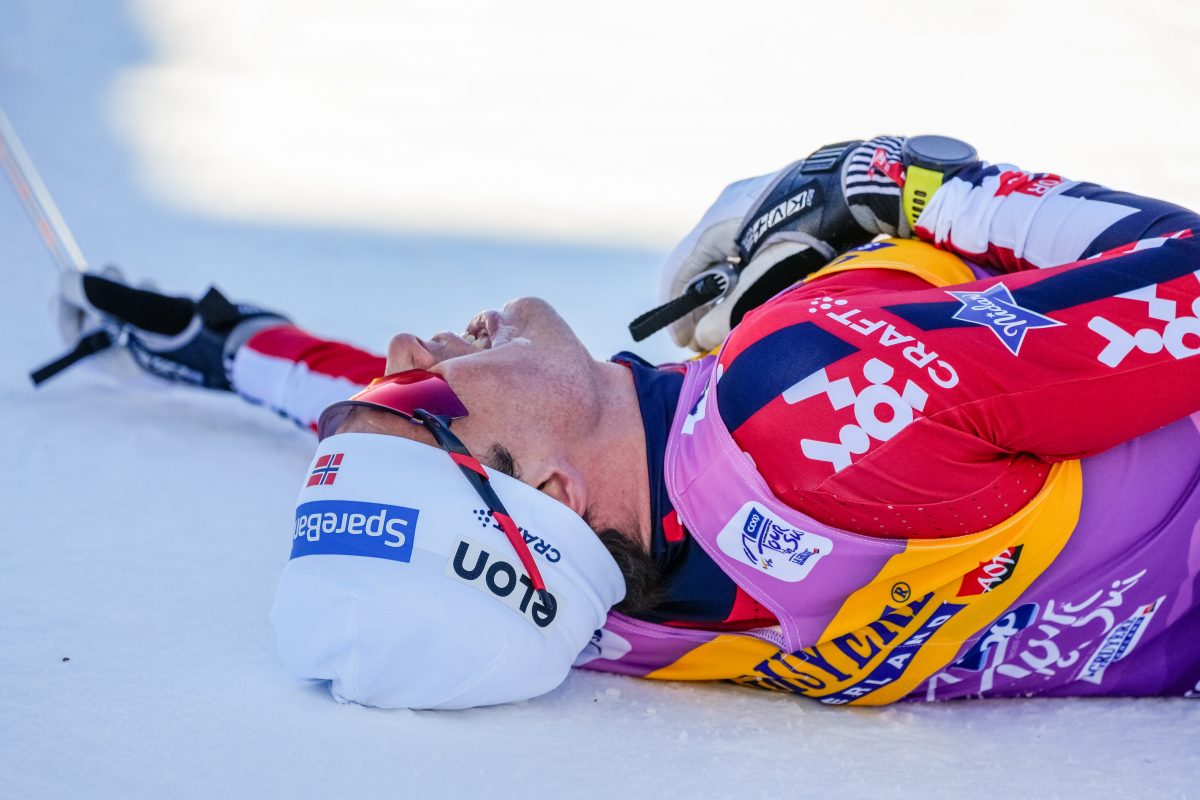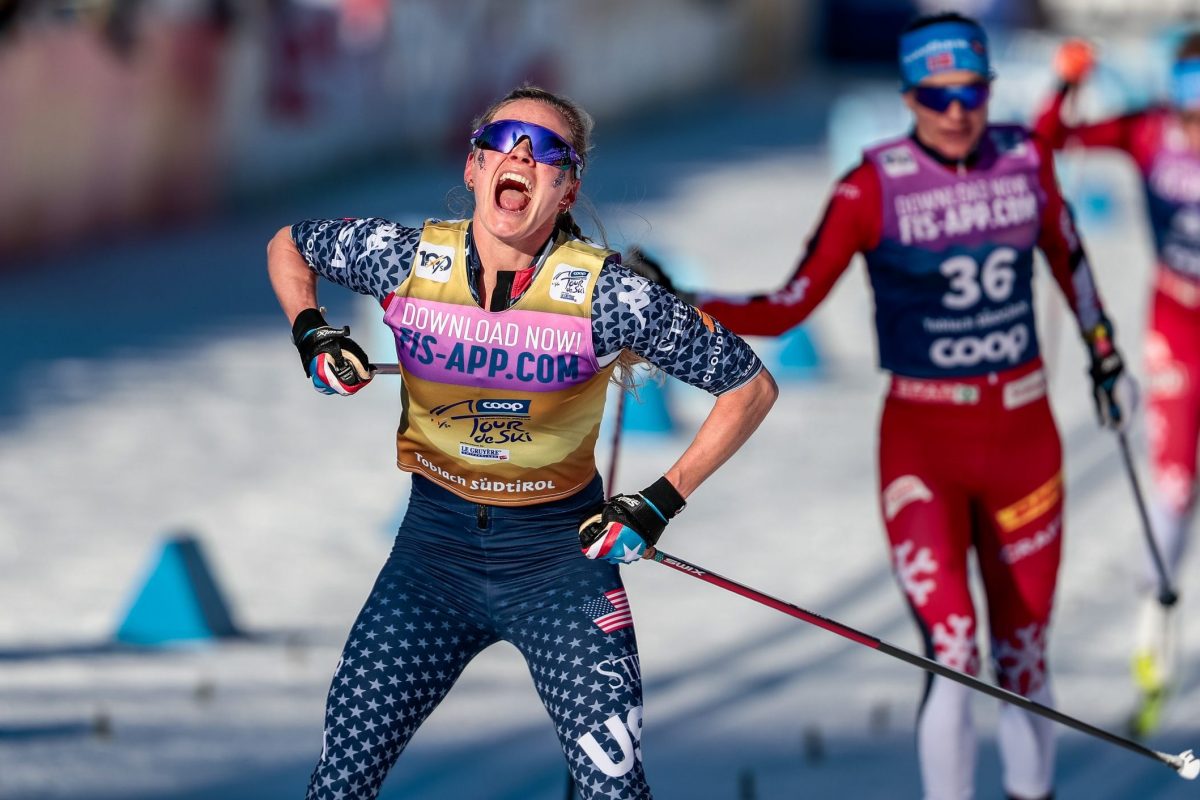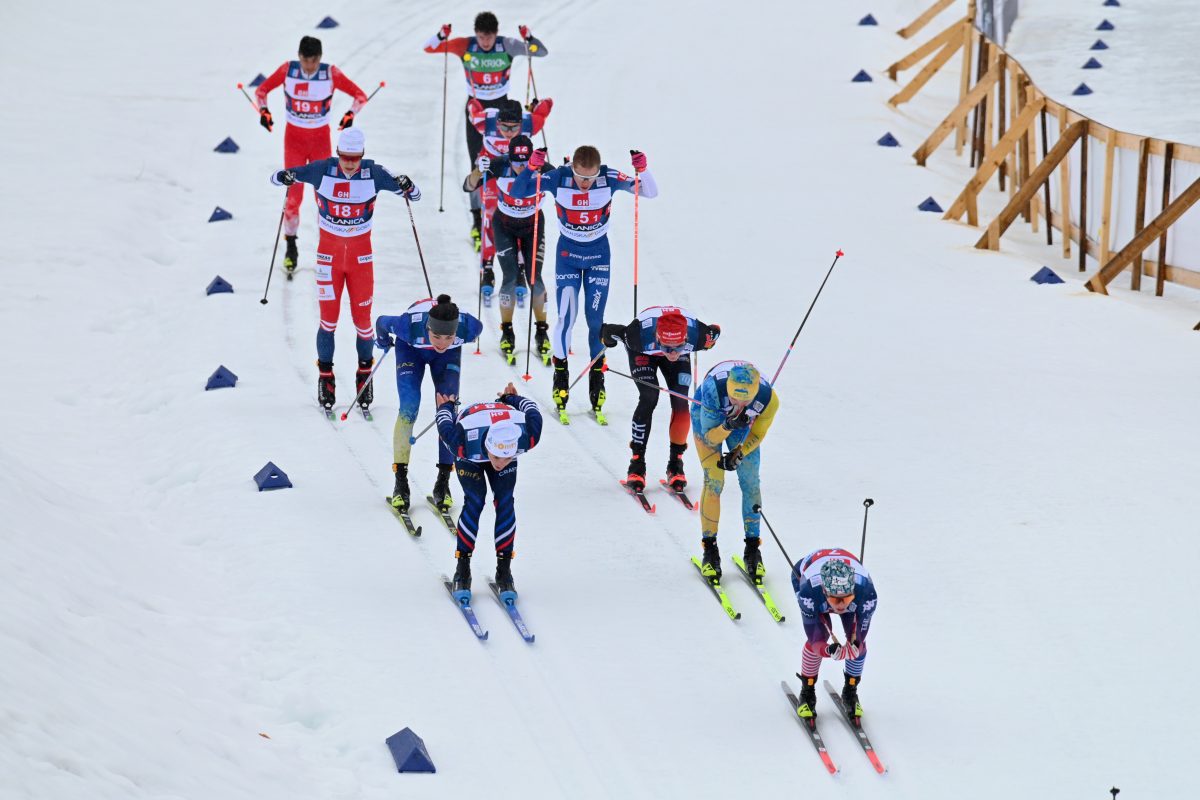It is nearing the end of February and that can mean only one thing, it’s Birkie time again! The 2011 American Birkebeiner is shaping up to be a very exciting and fast race for every racer and participant. Part of the excitement and perhaps anguish leading up to the race can be related to skis and waxing. How should I prepare my skis? What waxes do I need? What wax tools do I need? What are the proper steps in ski preparation and waxing? Finally the big one, how fast will my skis be on the course and as I am skiing up Main Street in Hayward to the finish on Saturday, February 26th?
The racing and skiing part is up to each individual, but Swix has a complete system of wax, tools and waxing techniques to help every skier, from the front row of the elite wave to the skier doing their first Birkie, have great skis and most of all, a great experience on Saturday as they cross the finish line on Main Street in Hayward.
Ski base preparation is a very important initial step to insure fast skis, especially in a race as long as the Birkie. The ski bases are on the snow for just over 50 kilometers and keeping them fast and gliding well over the entire distance can mean the difference between an enjoyable race or experience and a not so enjoyable race or experience. A good analogy to ski base preparation can be found in building a new house. When building a new house, the first step is the site work and foundation construction. The building site must be prepared correctly and the foundation sound for the house to be built properly. The same can be said for ski base preparation. Swix has an easy to follow system and products especially designed for ski base preparation.
The goal of ski base preparation is to, one, clean the ski base glide zones of any foreign particles, such as dirt, oils and other contaminants that may have accumulated on the base and two, refresh and condition the ski base glide zones so that it will readily accept the subsequent wax layers applied to it.
The “Hot Scrape Method” is the quickest and easiest method for cleaning the ski base glide zones. Using Swix BASEPREP WARM- BP99, drip an even bead on either side of the groove over the entire glide zone of the ski. Make sure to use a waxing iron specifically designed for ski waxing, Swix recommends either the T73 PERFORMANCE WAXING IRON- T73110 or the 74 SPORT WAXING IRON- T74110. Have the iron set at 110ºC when using the BP99. Iron in the wax with 2-3 passes, working tip to tail down the entire length of the glide zone. Each pass should take approximately 7-10 seconds. While the wax is still molten, use a plastic wax scraper- T0824D and scrape the wax off the base. By scraping the wax in a molten state, any large dirt or other foreign particles will be suspended in the wax and are removed with the wax when the ski is scraped. Let the skis cool for 6-8 minutes, then brush out the skis using the RECTANGULAR STEEL BRUSH- T0179B. Brush 6-8 strokes from tip to tail using light pressure with the T0179B.
Next, complete the brushing out process using the ULTRA FINE STEEL RECTANGULAR BRUSH- T0197B. Brush 4-6 strokes from tip to tail using light pressure. The combination of the T0179B Steel Brush and the T0197B Ultra Fine Steel Brush removes the final excess wax, dirt and other foreign materials on the base, reveals the structure of the base and opens the pores of the base.
Once the Hot Scrape step is completed, the ski base will need to be refreshened and conditioned. I84 CLEANER FOR FLOUR GLIDE WAX AND CONDITIONER- I0084 is specially formulated to completely clean the base of any remaining foreign substances, conditions the base to optimally accept subsequent glide wax layers and will solve flouro compounds remaining in the base for those skiers who consistently use fluorinated wax.
So, why is this important? Referring to the analogy earlier on building a new house, the I84 is similar to the foundation of a house. The house foundation must be level and true, otherwise the windows will not open, the doors will not close properly and the house will not be square. I84 is the foundation for the subsequent wax layers that will be applied. Without the I84, the LF, HF and even the FC Cera layers will not preform and work as well as they should.
The procedure for applying the I84 is quick and easy. Simply wet a piece of FIBERLENE- T0150 and apply to the ski base. While the I84 is still in a liquid form and the base is still wet, brush the ski base from tip to tail with a NYLON WHITE BRUSH, T0161B. Use a new piece of Fiberlene and wipe the base clean. Let the ski dry for 5-10 minutes, then brush with the T0197B Ultra Fine Steel Brush. Use light pressure and use 4-6 strokes working tip to tail. Wipe the ski base again with clean Fiberlene. Now, it is time to build the wax layers!
Weather and snow conditions always play a major role in the waxes that will be used, not only on race day, but also as our base layers. For now, the focus will be on the optimum base layers needed to effectively and efficiently build a supporting structure for our final HF and FC Cera layers a day or two before race day. Just like a house, the frame is being constructed for our final exterior and interior trim finishings, paint and furnishings.
Looking at the long term weather forecast, http://www.accuweather.com/us/wi/hayward/54843/forecast-details.asp?fday=1, there is an unseasonable warm period with some precipitation in the form of rain currently in the Hayward area as of February 16th and 17th. Throughout the rest of the week and into early next week, the forecast calls for warm temperatures during the day and dropping well below freezing during the night. These temperature and weather conditions will most likely result in snow crystals that are a mix between old, transformed snow crystals (identified as group 3 snow crystals in the Swix snow classification system), wet corn snow crystals (identified as group 4 snow crystals in the Swix snow classification system) and frozen corn snow crystals (identified as group 5 snow crystals in the Swix snow classification system). While these snow crystals are uniquely different, they all have one thing in common. Each of these crystal types are aggressive, are prone to strip glide wax layers and will require strong and hard base layers.
After Hot Scraping and Base Cleaning, one layer of MOLY FLOURO WAX- MB77 is an ideal base layer. The MB77 is fluorinated base layer wax that also contains a moly additive. The flouro content of the MB77 aids and provides an extremely effective bonding base for subsequent LF, HF and FC flouro layers. The moly additive acts to repel dirt that is commonly found in old and transformed snow. Finally, the hardness of the MB77 is ideal in that both harder, colder LF and HF paraffins can be applied over the top of MB77 as well as softer and warmer LF and HF paraffins. Just as with the BP99, apply an even bead of MB77 on either side of the groove on the glide zone of the ski, iron at the correct temperature 125ºC working tip to tail with 2-3 passes with the iron, and let cool for 5-7 minutes. Scrape and brush with the T0179B 6-8 strokes followed by the T0197B with 4-6 strokes tip to tail.
Because the forecast calls for temperature dipping well below freezing leading up to the race, it will be necessary to apply a hard, fluorinated layer on top of the MB77. Given that the snow crystals will mostly likely be a mix of group 3 (old, transformed snow crystals) and group 5 (frozen corn snow crystals) the morning of the race, Swix LF4 is a perfect under layer for these aggressive snow conditions. Iron in one layer of LF4 to the glide zone of the ski, using the appropriate iron temperature for LF4, 150ºC. As always, apply an even bead on both sides of the groove within the glide zone, work tip to tail and keep the iron moving in one direction. Scrape the LF4 while it is still warm, but not hot. Then, let the skis cool for 5-10 minutes, and brush using the T0179B Steel Brush then the T0197B Ultra Fine Steel Brush, 6-8 strokes with the Steel Brush and 4-6 strokes with the Ultra Fine Steel Brush.
Looking forward into the Birkie race day, HF paraffin waxes, FC Cera powders, liquids, solids and additional ski base structure will play a pivotal role in ski and glide performance. HF6, HF7, HF8 as well as their BW counterparts and HF10BW are paraffin waxes that will be running well. Expect FC78 Super Cera, FC8X and even FC10X and FC10BO to be Cera powders that can run fast in the forecasted weather. Finally, FC8L, FC10L and the FC8A Rocket Spray are most certainly ideal top coats for the coarse and transformed snow conditions expected.
Swix racing service will be on the Birkie Trail Wednesday, February 23rd testing HF paraffins, followed by FC Cera powders, liquids and solids as well as some new HF paraffins that have proven to be effective in long distance races at the Vancouver Games and in World Cup events over the past year. Swix RS will also provide up to date structure recommendations based off of testing on the Birkie trail.
Swix’s first wax Rec will be posted Tuesday Morning: Updates will be found daily on Fasterskier.com, Skinnyskis.com, Skitrax.com, SkiPost, at your local Swix retailer, and of course at SwixNordic on Facebook and at SwixNordic.us.



